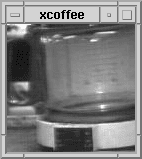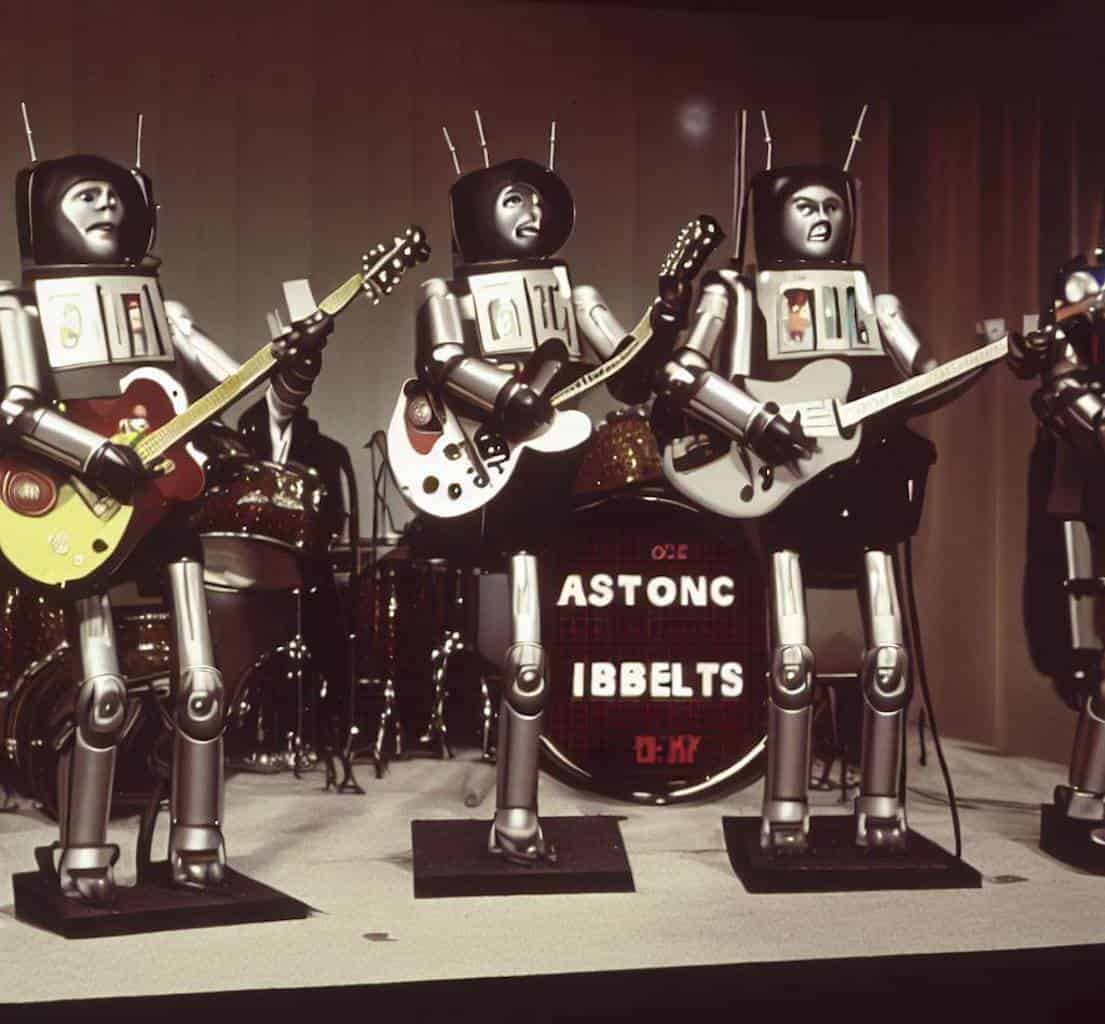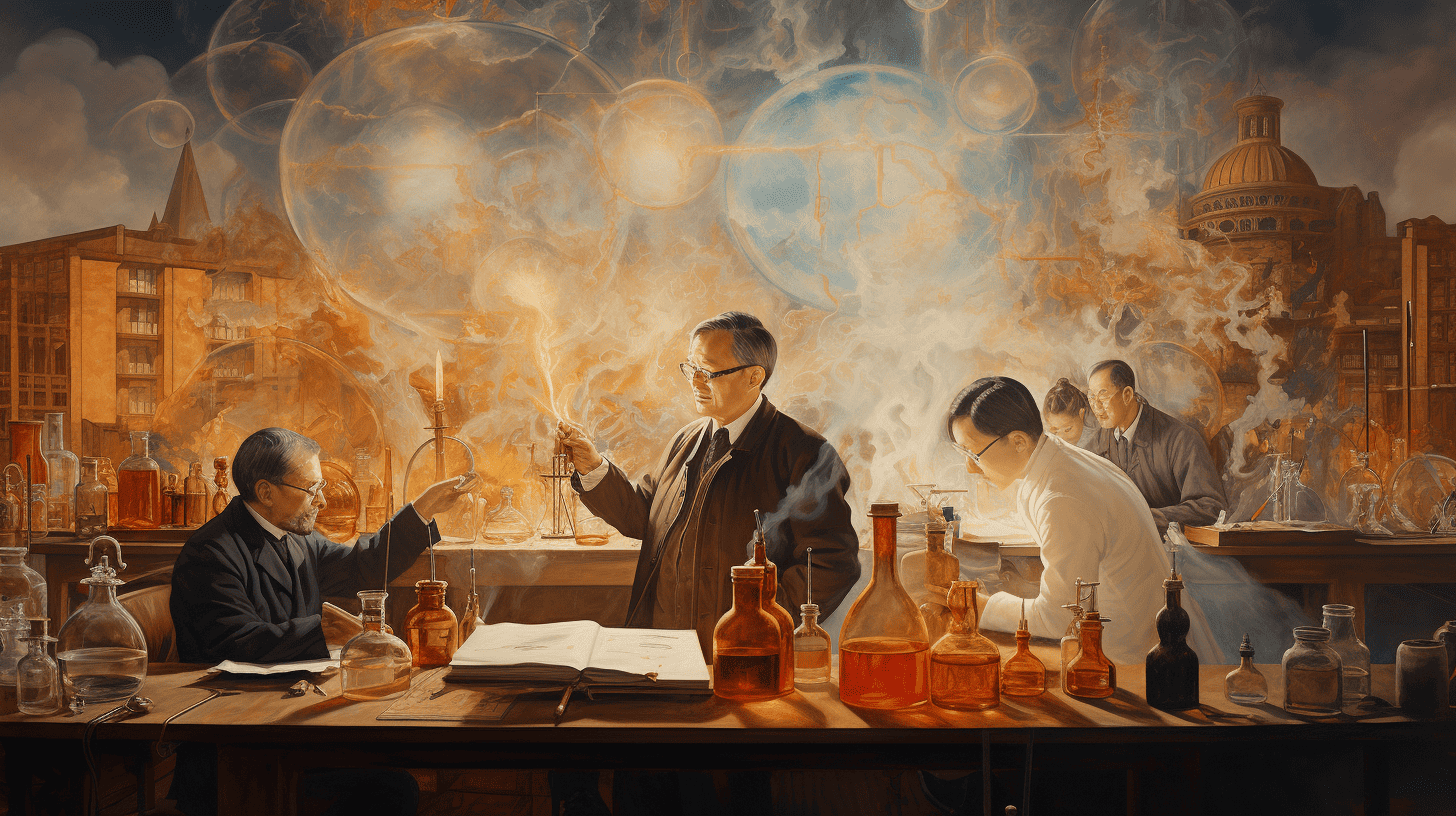
From bustling cafés that hum with lively debates to a quiet morning ritual, coffee is more than just a beverage—it’s a catalyst for innovation, creativity, and connection. This unassuming bean has been the silent partner to countless artists, philosophers, and innovators throughout history.
But coffee’s influence extends far beyond its caffeine content. As you sip your next cup and relish that satisfying jolt of energy, consider how this beloved brew has brewed innovation in surprising realms. Here are five ways coffee has inspired innovation across the globe.
1: From espresso machines to scientific breakthroughs
It may come as a surprise that the espresso machines we associate with coffee shops have found their way into analytical laboratories. Researchers have repurposed these machines as low-cost, yet efficient, extraction units for solid samples. The technology, originally designed for percolating coffee, is now used to analyse soil contamination, particularly with polycyclic aromatic hydrocarbons (PAHs), which are harmful compounds resulting from incomplete combustion of organic matter. This innovative use of everyday coffee machines could make environmental monitoring more accessible and cost-effective, potentially having a substantial impact on pollution control.
2: The birth of the webcam over a pot of coffee

At the University of Cambridge, the need for a good cup of coffee led to a revolutionary invention: the world’s first webcam. To avoid the disappointment of an empty coffee pot, researchers rigged a camera to monitor the coffee level remotely. This simple setup, created in 1991, became an iconic symbol of early web culture, and the technology is now intrinsic to our daily lives, from virtual meetings to security systems. The Trojan Room coffee pot, as it was known, sold for £3,350 when it was retired, marking its place in tech history.
3: Tackling waste with coffee by-products
The coffee industry is known for generating significant waste, but innovative minds have found ways to repurpose these by-products into ecological packaging materials. Spent coffee grounds, husks, and silverskin are now being converted into an array of value-added products like biofuels, fertilizers, and even dietary fibres. By channeling what was once considered waste into sustainable solutions, the coffee industry is not only reducing its environmental footprint but also contributing to a circular economy.
4: Paving the way for advanced filtration
The fluid dynamics of drip coffee extraction have inspired advancements in filtration systems. Mathematical modelling and computational fluid dynamics approaches, used to achieve uniform extraction of coffee solubles, are now applied in food processing, pharmaceuticals, and chemical industries. This research has led to a better understanding of how to extract soluble materials uniformly, which is crucial for refining the quality and efficiency of various filtration operations.
5: Espresso and Alzheimer’s research
Recent studies have highlighted the neuroprotective potential of espresso coffee. Compounds found in coffee have been shown to inhibit the aggregation of tau protein, which is associated with Alzheimer’s disease. This bioactive role of coffee components suggests that moderate coffee consumption could offer protection against certain neurodegenerative disorders. Such findings underscore the potential for coffee extracts to be used in the development of therapies targeting diseases like Alzheimer’s.








